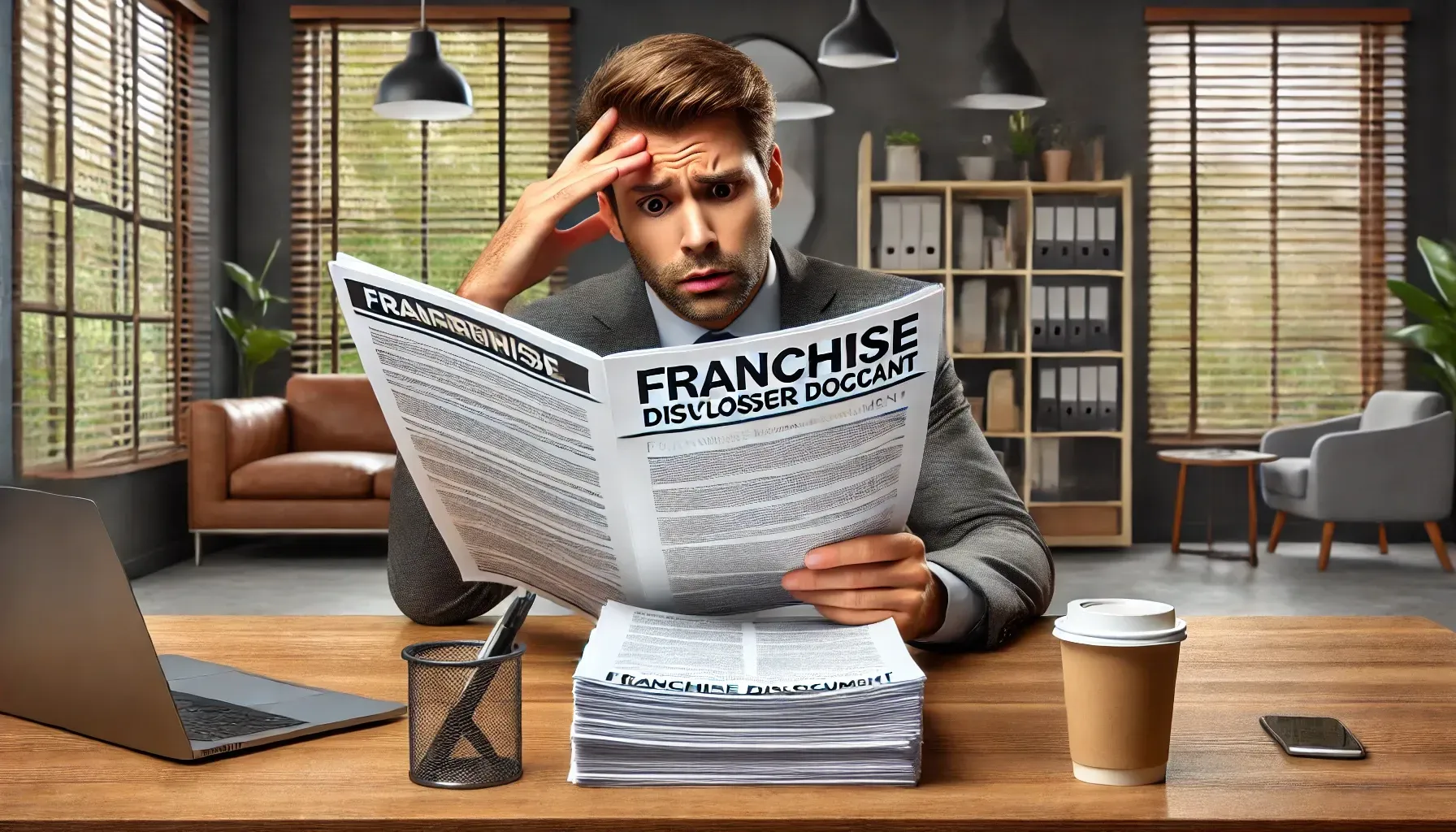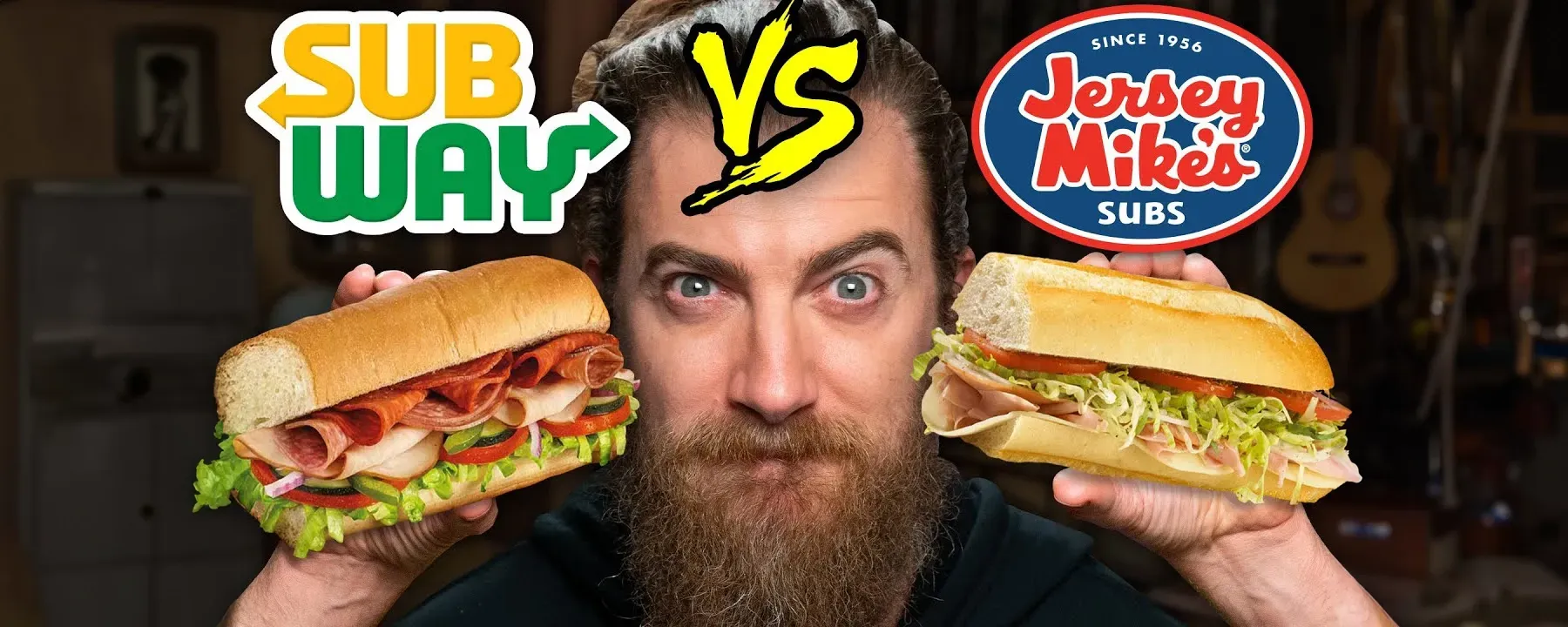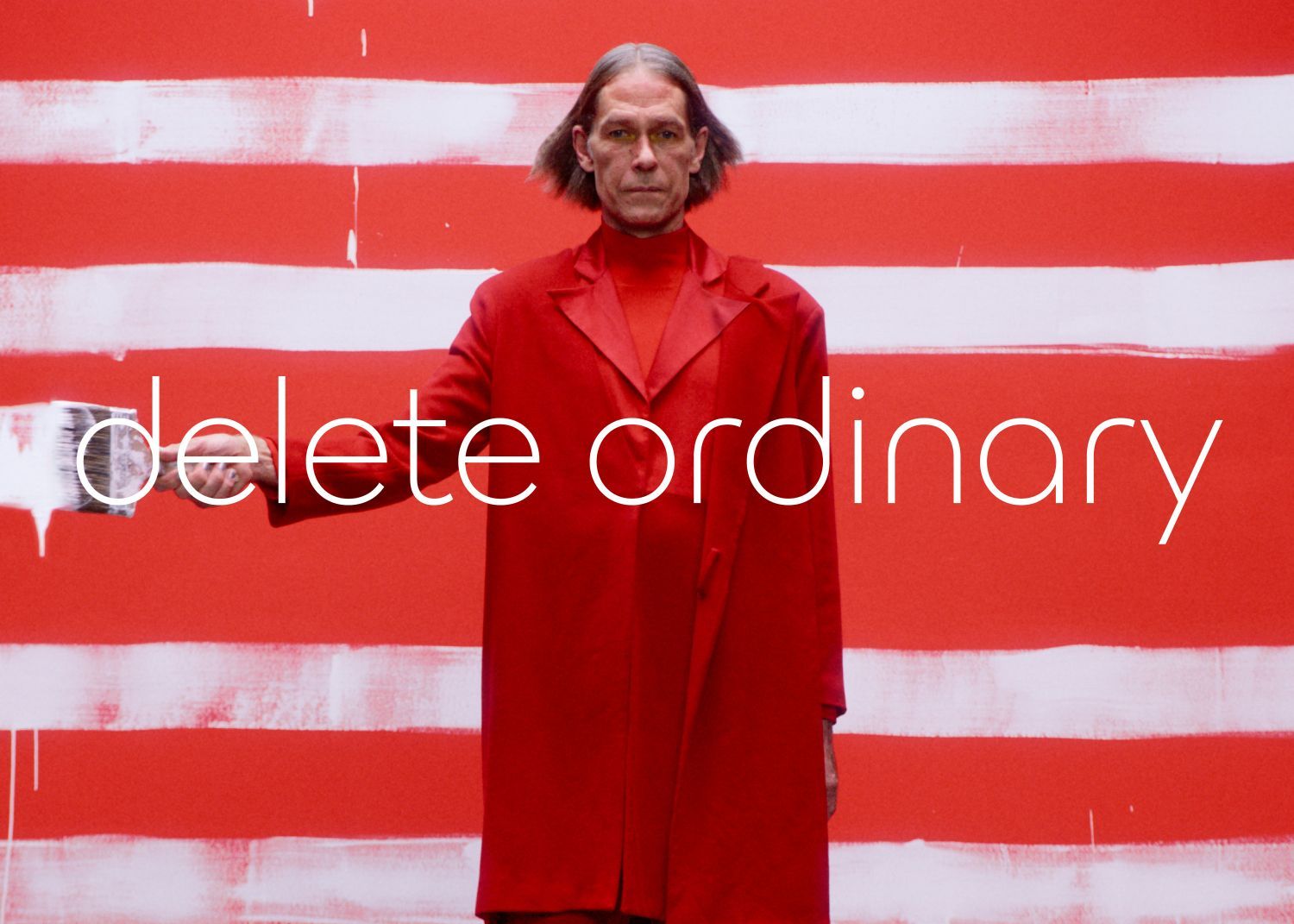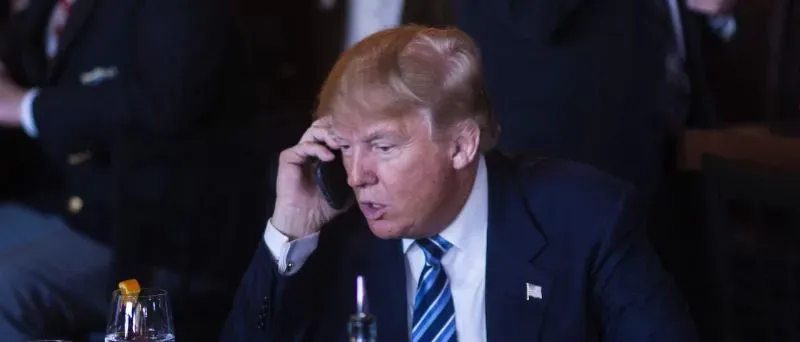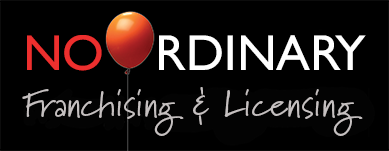Every week the No Ordinary Email Newsletter brings you the issues, ideas and insights that really matter in franchising, right to your inbox.
What’s the Best Way to Predict Franchisee Performance?
We all know that success in franchising is largely about selecting the ‘right’ franchisees. Arguably, franchisee selection is the most important decision a franchisor can make. So how do franchisors go about the selection process and what selection tools are on offer?
Inadequate franchisee selection procedures are the biggest single cause of franchisee failure, according to a study by Professor Lorelle Frazer from Griffith University.
Inadequate franchisee selection is also a factor in franchisee performance, which has a direct impact on franchisor revenue and profitability. I have found over my years as a franchise manager, franchise owner and franchise consultant that franchisee performance can be measured in what’s known as a Bell Curve*. Typically there is the top 20%, the bottom 20% and the 60% in the middle. Every sport, every school, every business and every franchise has people who perform along the Bell Curve, according to the theory.

Because another performance model, the Pareto Principle (also known as the 80/20 rule)* says that roughly 80% of a franchisors' royalty income may come from 20% of franchisees, there is a clear incentive for franchisors to shift the Bell Curve to the right, thereby increasing overall franchisee performance and consequently franchisor income.
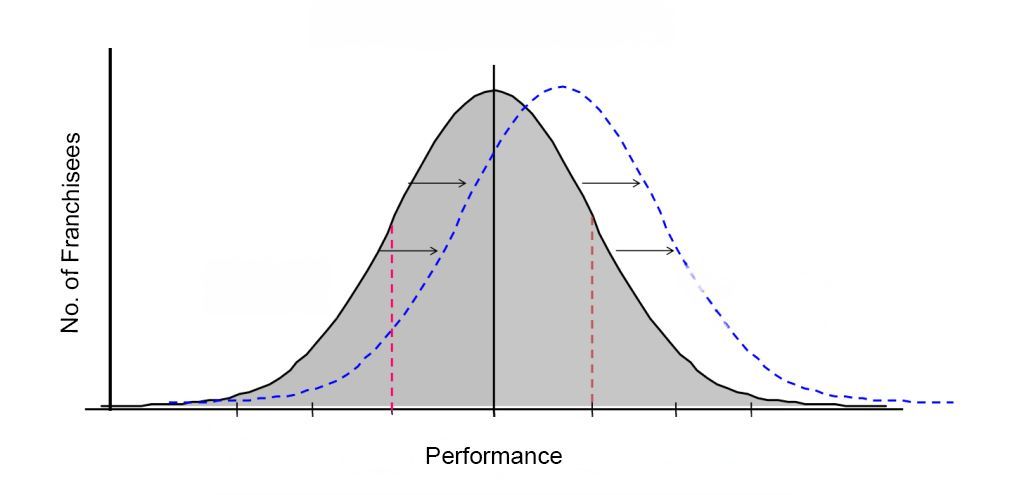
But if the franchisee selection process is so important to franchisee performance, why do so many franchise systems have inadequate processes?
Of course, for the handful of unscrupulous franchisors who make money through franchisee churn, the attitude is “Who cares?” “Do you have the money to pay the franchise fee?” is the only selection question they need to ask.
Similarly, I have found that new franchisors often take on virtually anybody who wants to buy a franchise, not only because they need the money and to start building some critical mass in their franchise network, but also because in the early days they may not understand what it takes to be a high-performing franchisee.
But if you’re in it for the long haul, you’d better believe that the quality and value of your franchise’s business model, branding, systems and support count for nothing if you don’t have the right people on the ground.
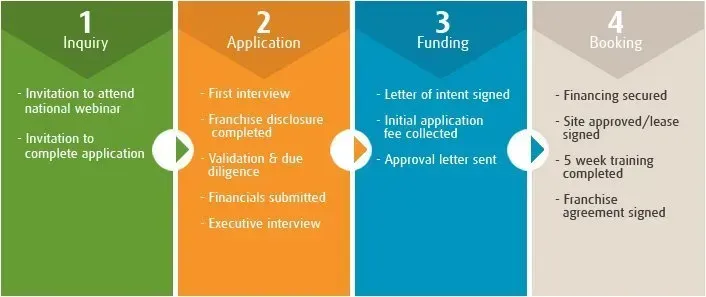
What do the right people look like?
That depends on the franchise business, according to Christiane Gaul of the University of Applied Sciences in Kufstein, Austria, in her study Partner Selection Process in Franchising. Of course, the kind of candidates a franchisor looks for will be different for a lawn-mowing franchise than a professional services franchise.
But selection criteria and processes are also influenced by the franchise company’s age, size, culture, growth ambitions and life cycle stage. For example, as I mentioned earlier, an aggressive startup franchise is much more likely to take risks in franchisee selection than a mature, established franchise, a decision that often ends in a lot of unnecessary franchisee churn or, at worst, disaster.
This is just the first part in our series on Franchisee Selection: Why It Is the Most Important Decision Franchisors Make
Don’t miss out. To make sure you receive more articles in the series, subscribe to our free Email Newsletter or follow us on LinkedIn, X or Facebook.
Share on your Page:
Follow us:



